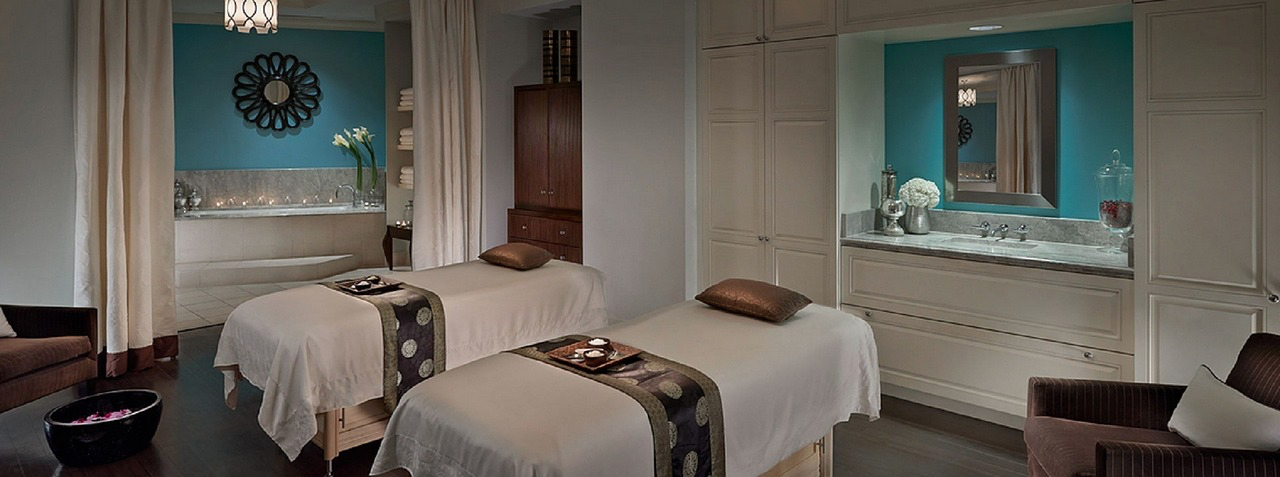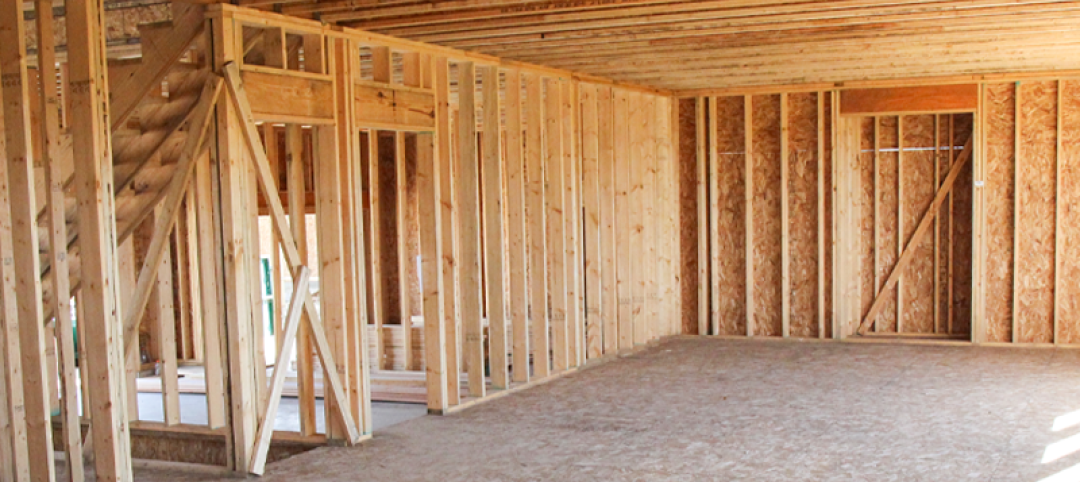There’s been an explosion of amenities in the U.S. and Canadian multifamily construction sector. Package delivery centers have tripled in size. Simple bicycle “racks” have become bicycle “kitchens,” where residents can not only safely store, but also maintain and repair their $10,500 Bianchi Oltre XR4s.
Some properties now have dedicated rideshare areas for tenants to wait for their Uber or Lyft rides.
Multifamily residents are demanding high-end security systems, the latest smart home technology, “green” energy and water efficiency, and lightning fast WiFi. On the horizon: co-working and “maker” spaces.
Developers and designers are bending over backwards to provide more—and more elaborate—services and facilities for pets. Dogs, mostly. As for amenities for children, not so much. You’re more likely to find a doggie wash station than a children’s playroom in most multifamily complexes.
Anything that spells “wellness” is in high demand, thanks to the spike in asthma and allergies. Renters and condo buyers want to know about any “Red List” chemicals in the materials, building products, and finishes you’re using. Developers and their design teams are using fitness and nature amenities to
get tenants and condo owners out of their living units and into the outdoors.
All these must-have extras add to the burden designers and contractors must contend with to meet the needs—and budgets—of multifamily developers and their customers—renters and condominium purchasers. Multifamily residential real estate is no longer just about location, location, location. There’s a new mantra: amenities, amenities, and more amenities.
These amenities trends and more are highlighted in Multifamily Design+Construction’s Multifamily Amenities 2017 survey. Download the free 16-page survey summary at: http://bit.ly/2eZMluw
Related Stories
Adaptive Reuse | Jul 27, 2023
Number of U.S. adaptive reuse projects jumps to 122,000 from 77,000
The number of adaptive reuse projects in the pipeline grew to a record 122,000 in 2023 from 77,000 registered last year, according to RentCafe’s annual Adaptive Reuse Report. Of the 122,000 apartments currently undergoing conversion, 45,000 are the result of office repurposing, representing 37% of the total, followed by hotels (23% of future projects).
Multifamily Housing | Jul 25, 2023
San Francisco seeks proposals for adaptive reuse of underutilized downtown office buildings
The City of San Francisco released a Request For Interest to identify office building conversions that city officials could help expedite with zoning changes, regulatory measures, and financial incentives.
Sponsored | Multifamily Housing | Jul 20, 2023
Fire-Rated Systems in Light-Frame Wood Construction
Find guidance on designing and building some of the most cost-effective, code-compliant fire-rated construction systems.
Multifamily Housing | Jul 13, 2023
Walkable neighborhoods encourage stronger sense of community
Adults who live in walkable neighborhoods are more likely to interact with their neighbors and have a stronger sense of community than people who live in car-dependent communities, according to a report by the Herbert Wertheim School of Public Health and Human Longevity Science at University of California San Diego.
Affordable Housing | Jul 12, 2023
Navigating homelessness with modular building solutions
San Francisco-based architect Chuck Bloszies, FAIA, SE, LEED AP, discusses his firm's designs for Navigation Centers, temporary housing for the homeless in northern California.
Sponsored | Fire and Life Safety | Jul 12, 2023
Fire safety considerations for cantilevered buildings [AIA course]
Bold cantilevered designs are prevalent today, as developers and architects strive to maximize space, views, and natural light in buildings. Cantilevered structures, however, present a host of challenges for building teams, according to José R. Rivera, PE, Associate Principal and Director of Plumbing and Fire Protection with Lilker.
Mass Timber | Jul 11, 2023
5 solutions to acoustic issues in mass timber buildings
For all its advantages, mass timber also has a less-heralded quality: its acoustic challenges. Exposed wood ceilings and floors have led to issues with excessive noise. Mass timber experts offer practical solutions to the top five acoustic issues in mass timber buildings.
Multifamily Housing | Jul 11, 2023
Converting downtown office into multifamily residential: Let’s stop and think about this
Is the office-to-residential conversion really what’s best for our downtowns from a cultural, urban, economic perspective? Or is this silver bullet really a poison pill?
Adaptive Reuse | Jul 10, 2023
California updates building code for adaptive reuse of office, retail structures for housing
The California Building Standards Commission recently voted to make it easier to convert commercial properties to residential use. The commission adopted provisions of the International Existing Building Code (IEBC) that allow developers more flexibility for adaptive reuse of retail and office structures.

















